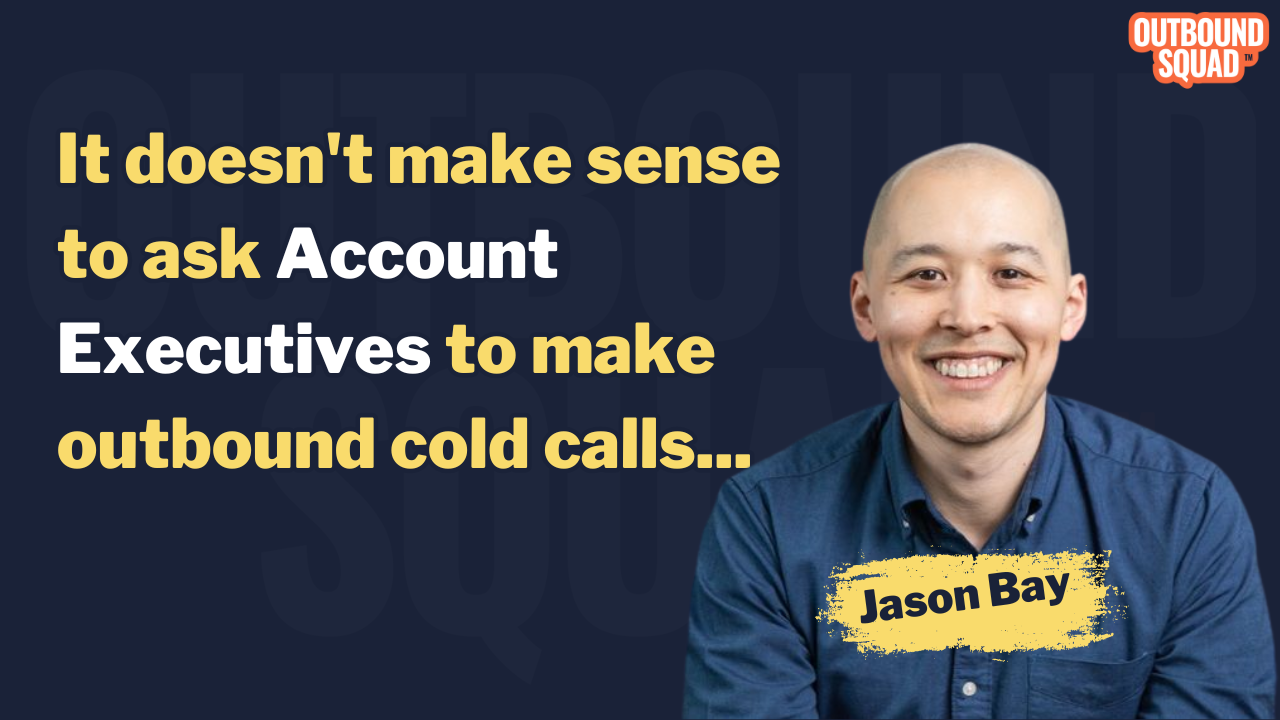
Here's why Buyer-Centric pipeline stages do NOT work
Here's why Buyer-Centric pipeline stages do NOT work
👇
Sure, they sound great on LinkedIn.
"You need buyer-centric stages like 'problem aware' that help the buyer make a decision!"
Most buyers (and I've sold to some big ones) don't really have a formal buying process. Sure, their procurement process is pretty tight.
But how they buy depends on who you're dealing with.
You CANNOT build pipeline stages around outcomes you don't control and see firsthand as a rep.
Ross Nibur heads up customer onboarding ops at Toast. He has over a decade in the game and shared this advice.
Sales stages need to be easily measured. Otherwise, your data is absolute garbage.
I really like Armand Farrokh's take on stages: make them simple. Aim for one exit criteria at each stage.
✅ S1: Discovery
Key Activity: Did we run an intro call?
Exit Criteria: Qualified prospect agrees on problem
✅ S2: Demo
Activity: Did we run a deeper dive or demo call?
Exit Criteria: Green light from champion
✅ S3: Multi-Threading
Activity: Did we run a group demo call?
Exit Criteria: Green light from DMs
✅ S4: Proposal & Negotiation
Activity: Did we present a proposal?
Exit Criteria: Green light on commercials
✅ S5: Vendor Review
Activity: Weekly touchpoint to review red lines
Exit Criteria: Green light on vendor review
~~~
Does this work as a template for every org? No. But keeping it simple does.
Have clear activities that can be measured. And make the milestones or exit criteria easy to measure.
Let's not pretend like renaming pipeline stages will make your reps more buyer-centric.
Agree or disagree?
Ready to chat?
.svg)
.svg)
.svg)
.png)


